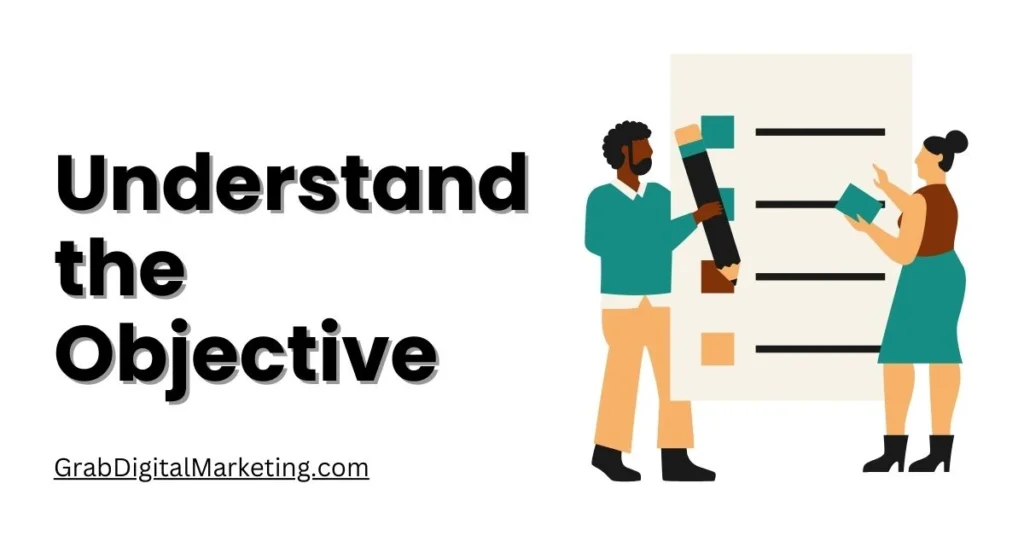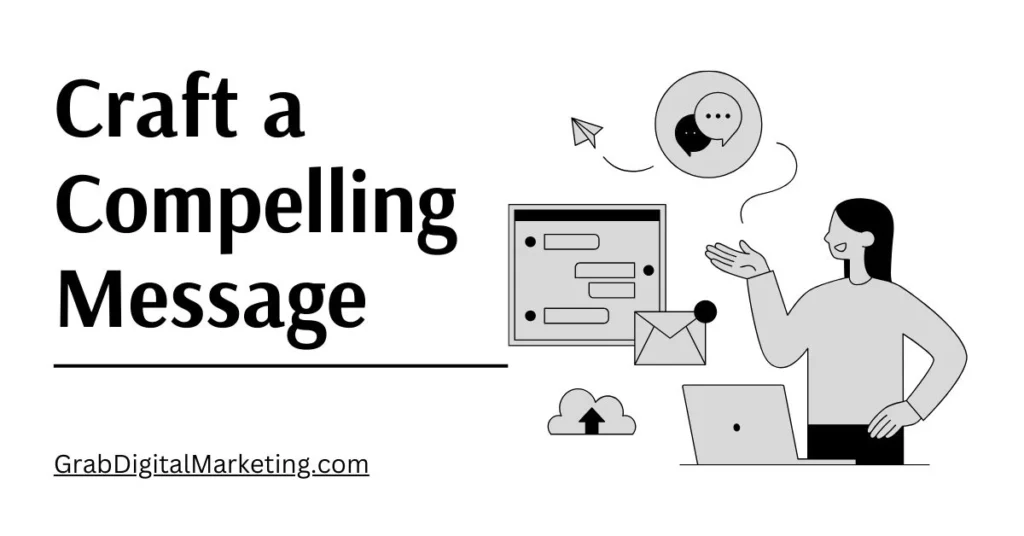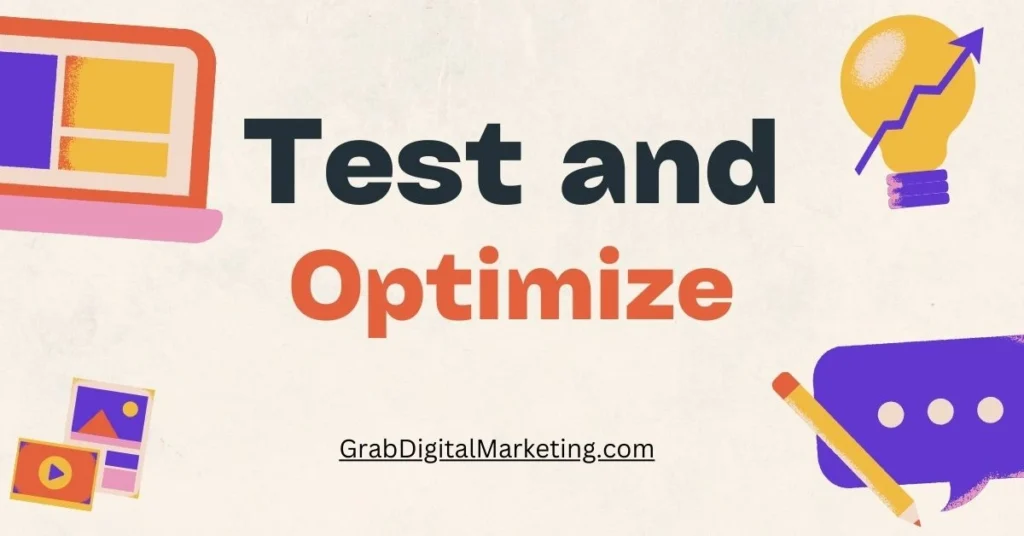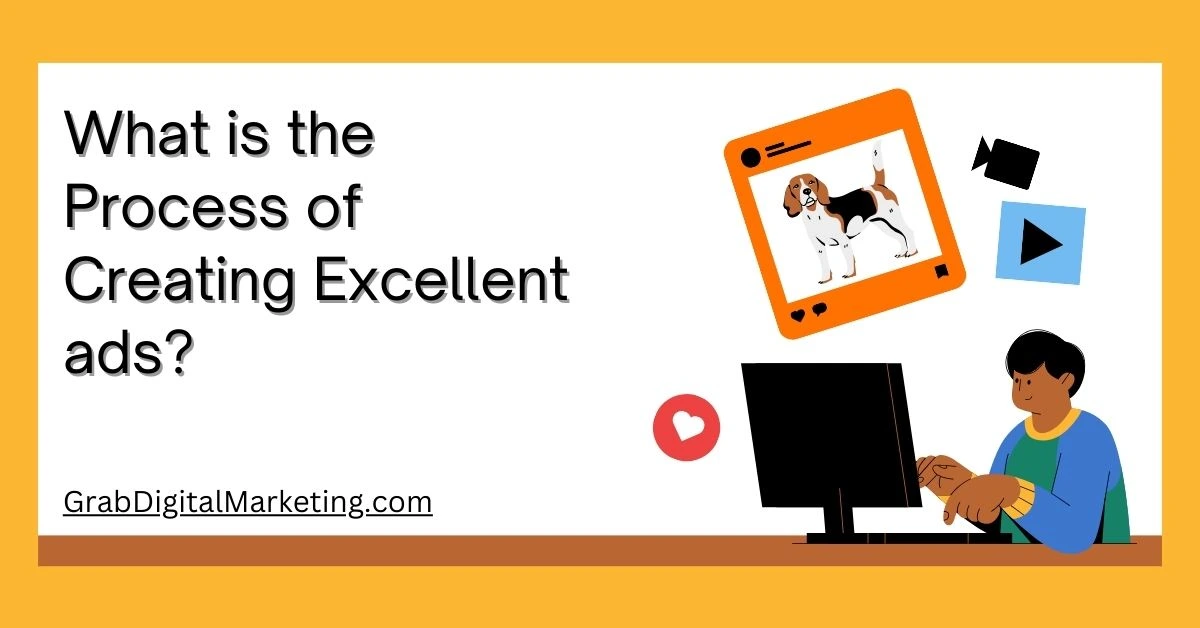Table of Contents
Crafting excellent advertisements is a detailed, multifaceted process requiring a blend of creativity, psychology, research, strategy, and design. Here’s an overview of the key steps involved:
1. Understand the Objective

An ad must start with a clear goal. Whether the aim is to generate leads, increase brand awareness, drive sales, or change consumer perception, defining the objective helps shape the entire campaign. This clarity ensures that every ad element aligns with the primary goal.
2. Know Your Audience

One crucial aspect of effective advertising is understanding the target audience. This includes demographic information (age, gender, income, education, etc.), psychographic data (interests, values, lifestyle), and behavioral insights (buying habits, brand loyalty, etc.). Surveys, market research, social media insights, and customer feedback can help create a comprehensive picture of the ideal consumer.
3. Competitive Analysis

Examining competitors provides valuable insights into what works and what doesn’t in a particular market. Analyzing competitor ads can reveal gaps in the market, areas for differentiation, and ways to position the product or service uniquely.
4. Craft a Compelling Message

The core message of an ad is its value proposition — what benefits the consumer will gain from the product or service. This message should be clear, concise, and compelling. It often revolves around solving a problem, fulfilling a need, or enhancing the consumer’s life in some way. Emotional appeals, storytelling, and relatable scenarios can significantly enhance the message’s impact.
5. Choose the Right Channels

Different channels have unique strengths and reach. Understanding where the target audience spends their time is crucial in selecting the right Platforms. Channels can include:
- Social Media: Platforms like Facebook, Instagram, Twitter, and LinkedIn offer targeted advertising options.
- Search Engines: Google Ads and Bing Ads can capture consumers actively searching for related products.
- Email Marketing: Direct and Personalized, email campaigns can nurture leads and drive conversions.
- Traditional Media: TV, radio, print, and outdoor ads can still be very effective depending on the audience.
6. Develop Creative Elements

This stage involves bringing the ad concept to life through visuals, copy, and design:
- Visuals: High-quality images, videos, graphics, and animations. Consistent branding elements, like logos and color schemes, should be used to reinforce brand identity.
- Copy: Persuasive and engaging text that conveys the message. Headlines should grab attention, while body copy should elaborate on the value proposition.
- Design: A clean, attractive layout that guides the viewer’s eye and emphasizes the key message. Good design enhances readability and aesthetic appeal.
7. Plan and Execute

Execution is where the strategy comes into play:
- Media Planning: Determining the timing, frequency, and placement of ads across chosen channels.
- Budgeting: Allocating resources effectively to maximize ROI. This includes costs for production, media buying, and any additional services.
- Scheduling: Developing a timeline for the entire campaign, including key milestones and deadlines.
8. Test and Optimize

Before full-scale deployment, running A/B tests or pilot campaigns can provide critical insights into what works best. Testing different headlines, visuals, CTAs, and layouts can help identify the most effective elements. Continuous optimization based on performance metrics ensures the campaign improves over time.
9. Measure Performance

Analyzing the success of an ad campaign involves tracking key performance indicators (KPIs) such as:
- Reach and Impressions: How many people saw the ad?
- Engagement: Likes, shares, comments, and clicks.
- Conversions: Actions taken, like purchases, sign-ups, or downloads.
- Return on Investment (ROI): Revenue generated versus the cost of the ad campaign.
- Brand Awareness: Changes in brand recognition and perception.
10. Iterate and Improve

Based on performance data, the campaign should be continually refined and improved. This iterative process helps in adapting to market changes, consumer behavior, and competitive actions. Feedback loops ensure that future campaigns are more effective and aligned with the brand’s goals.
Final Thoughts
The process of creating excellent ads is both an art and a science. It requires a deep understanding of human psychology, creativity to craft engaging content, and analytical skills to measure and optimize performance. By following these steps, advertisers can develop campaigns that resonate with their target audience, achieve their objectives, and stand out in a crowded marketplace.




